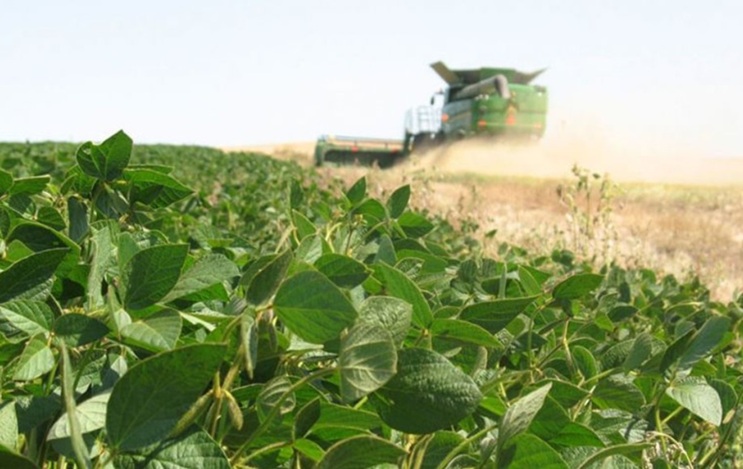In a move that caught many by surprise, the Philippines’ central bank broke away from the pack, slashing its main policy rate last week. This bold step ended a nearly four-year streak of rate hikes, as the country sought to ease the pressures of inflation that have gripped the region. With the U.S. Federal Reserve still holding its cards close, the decision by Bangko Sentral ng Pilipinas (BSP) felt like a calculated gamble—one that now leaves other Asian central banks wondering if they should follow suit or hold their nerve.
The BSP’s decision comes in the wake of similar actions by the Reserve Bank of New Zealand and the People’s Bank of China, both of which have also lowered rates in recent weeks. This has put a spotlight on the region, where many central banks are grappling with the delicate balance of fostering growth while keeping inflation in check.
Economists have been eagerly watching for signs of easing in Asia, but the mixed economic data and the global slowdown have muddied the waters. With Asian currencies already under pressure and uncertainty over when the U.S. might begin its own rate-cutting cycle, many policymakers have been hesitant to jump ahead, fearing the consequences of widening rate differentials.
Yet, as the economic landscape slowly shifts, more central banks could find themselves on the brink of making a move. But don’t expect a stampede just yet.
“We expect the Bank of Korea to be near the front of the line,” said Moody’s Analytics economists Sarah Tan and Denise Cheok. However, they also noted that the BOK is likely to proceed with caution, wary of the rising household debt and property prices that could make aggressive cuts risky.
Thailand’s central bank is also on the radar, with analysts pointing to a potential cut in 2024. Thailand has been struggling to rev up an economy that has been stuck in low gear since the pandemic, and a rate cut could provide a much-needed boost. But again, the approach will likely be measured, especially with consumer prices remaining tame and the baht showing signs of recovery.
On the other hand, Bank Indonesia (BI) might be the next to step up, with OCBC’s senior ASEAN economist, Lavanya Venkateswaran, predicting a 50-basis-point cut in the final quarter of the year. However, BI is expected to tread carefully, given its focus on maintaining rupiah stability. Any move before the Fed’s anticipated cuts would be a delicate maneuver, requiring confidence that currency stability can be maintained.
For now, the curtains may have opened on rate cuts in Asia, but the performance is far from over. Economists caution against expecting a rapid chain reaction following the BSP’s lead. They argue that patience will be key as central banks in the region weigh their options and wait for clearer signals from the Fed.
All eyes will be on the Jackson Hole symposium this week, where Fed Chair Jerome Powell is expected to shed light on the U.S. economic outlook. While Powell may not lay out a definitive timeline for rate cuts, his words will carry weight, potentially swaying the decisions of central bankers across Asia.
The stage is set, but the next act remains uncertain. As Asia’s central banks navigate this tightrope, the stakes are high, and the margin for error is thin. Whether they choose to follow the Philippines’ bold move or play it safe, one thing is clear: the region’s economic future hangs in the balance.
(Source: Bloomberg | Philippine Daily Inquirer | WSJ)









